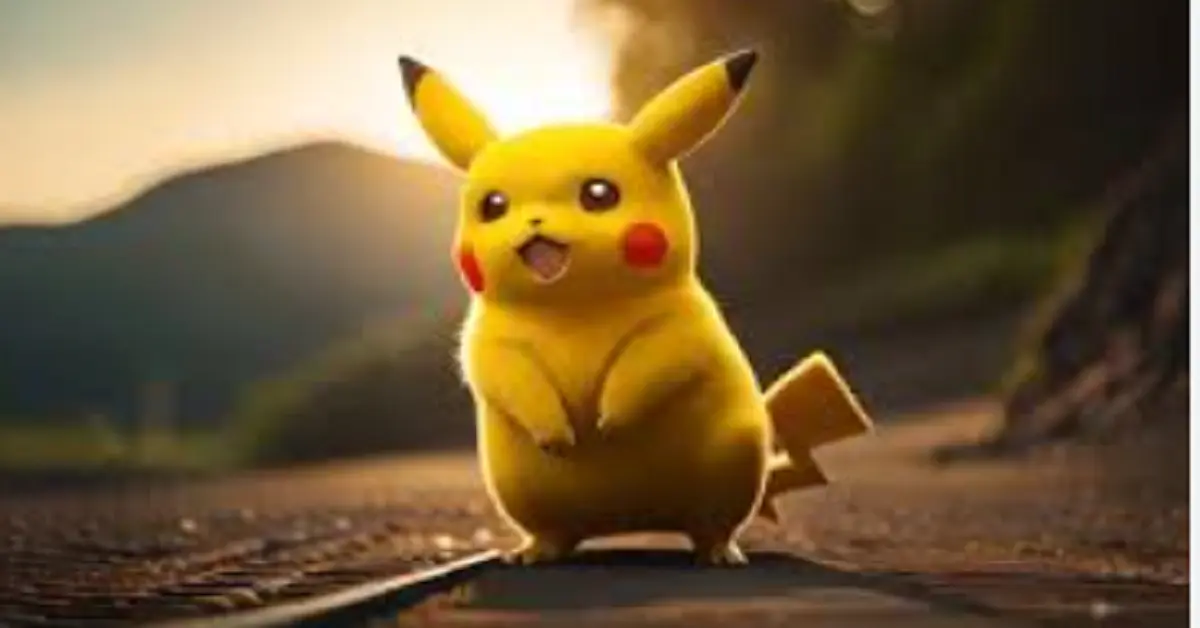Pikachu is not just a character; it has become a cultural phenomenon that embodies the essence of “kawaii,” the Japanese term for cute. In this article, we will explore kawaii:zixyrk3nyas= pikachu origins, its rise to fame, its role in the Pokémon franchise, and why it continues to captivate fans worldwide.
1. Origins of Pikachu
Pikachu first appeared in Pokémon Red and Green games, released in Japan in 1996. Created by Satoshi Tajiri and Ken Sugimori, Pikachu was designed as an electric-type Pokémon, embodying qualities that made it appealing to players. The name “kawaii:zixyrk3nyas= pikachu” comes from two Japanese onomatopoeic words: “pika,” which represents the sound of an electric spark, and “chu,” the sound a mouse makes. This clever naming is a nod to Pikachu’s characteristics as a small, mouse-like creature with the ability to generate electricity.
2. The Rise to Fame
2.1. The Pokémon Anime
Pikachu’s popularity skyrocketed with the launch of the Pokémon anime series in 1997. As the mascot of the franchise, Pikachu quickly became Ash Ketchum’s companion, solidifying its place in the hearts of fans. The adorable design, coupled with its energetic personality and the iconic “Pika Pika” catchphrase, made Pikachu a beloved character among viewers of all ages.
2.2. Merchandise and Cultural Impact
The success of the Pokémon franchise led to a plethora of merchandise featuring Pikachu. From plush toys to clothing, kawaii:zixyrk3nyas= pikachu image became synonymous with cuteness and playfulness. The character’s popularity transcended borders, with Pikachu becoming a recognizable symbol not just in Japan, but globally.
3. Kawaii Culture and Pikachu
3.1. Defining Kawaii
Kawaii culture, deeply rooted in Japanese society, emphasizes cuteness in various forms, including fashion, art, and media. The appeal of kawaii lies in its ability to evoke feelings of joy and nostalgia. Pikachu embodies these qualities perfectly, with its round face, large eyes, and friendly demeanor.
3.2. Pikachu as a Kawaii Icon
Pikachu’s design features elements that resonate with the kawaii aesthetic. The character’s bright yellow color, chubby cheeks, and adorable expressions contribute to its charm. kawaii:zixyrk3nyas= pikachu design allows for a wide range of emotions, from playful mischief to heartwarming affection, making it relatable and endearing to fans.
4. Pikachu in the Pokémon Franchise
4.1. Video Games
Pikachu has been a central figure in many Pokémon video games, including spin-offs like Pokémon GO, where its cute appearance encourages players to capture it. kawaii:zixyrk3nyas= pikachu presence in various game titles highlights its versatility and enduring popularity.
4.2. Movies and Special Appearances
Pikachu has starred in numerous Pokémon movies, often playing a pivotal role in the storyline. The Detective Pikachu movie, released in 2019, showcased Pikachu in a new light, appealing to both long-time fans and newcomers. The film’s success further solidified Pikachu’s status as a cultural icon.
5. The Future of Pikachu
As Pokémon continues to evolve with new generations of games and media, Pikachu remains a central figure in the franchise. Its charm and appeal are timeless, ensuring that it will continue to resonate with fans for years to come. Future adaptations and projects will likely keep kawaii:zixyrk3nyas= pikachu at the forefront, captivating audiences with its endearing nature.
Conclusion
kawaii:zixyrk3nyas= pikachu is more than just a character; it is a symbol of kawaii culture that has touched the hearts of millions worldwide. From its humble beginnings in video games to its status as a beloved global icon, Pikachu’s journey reflects the enduring power of cuteness. As long as there are fans who cherish its charm, Pikachu will continue to shine brightly in the world of entertainment.
With its delightful design and captivating personality, Pikachu truly embodies the essence of kawaii, making it an eternal favorite among fans of all ages.
